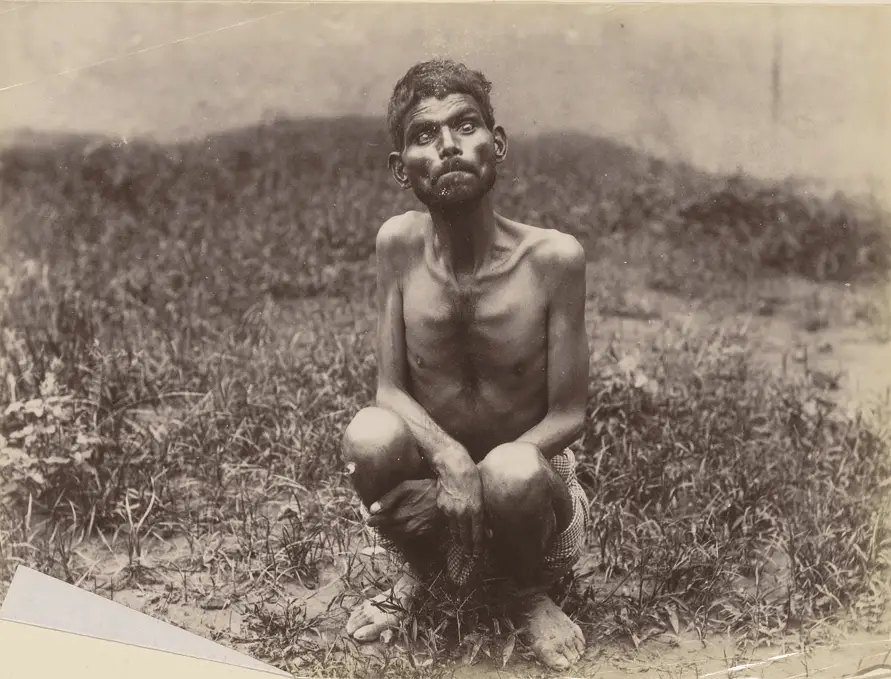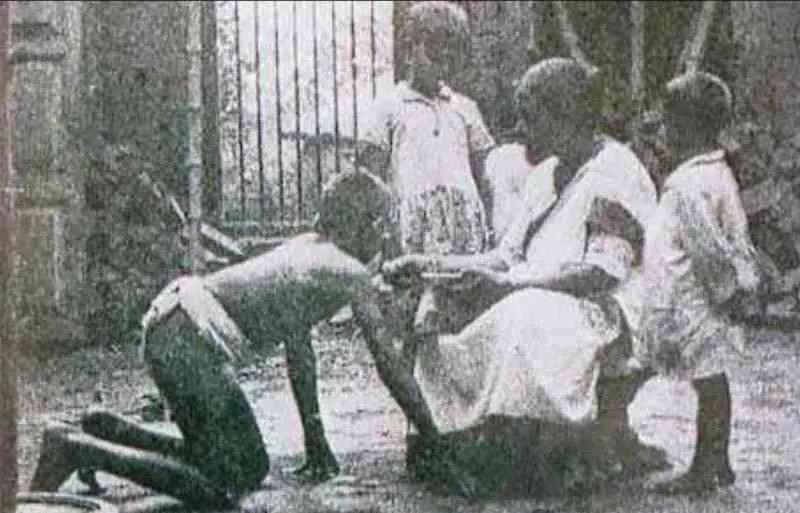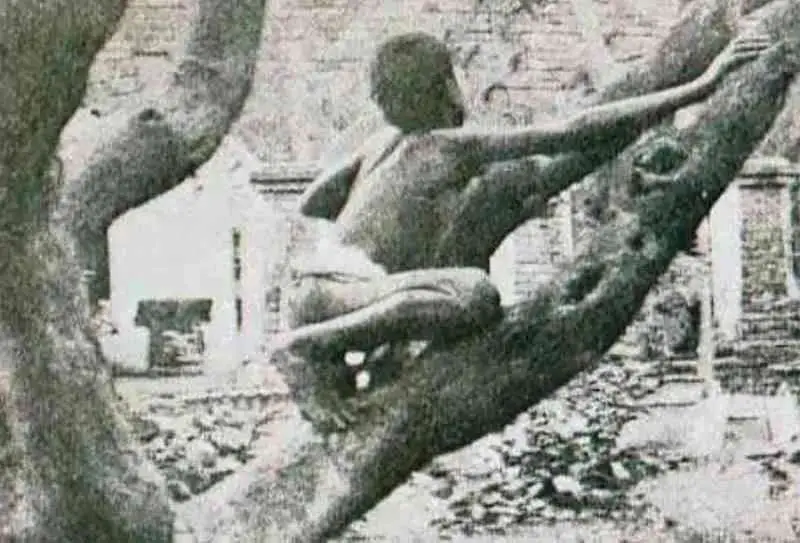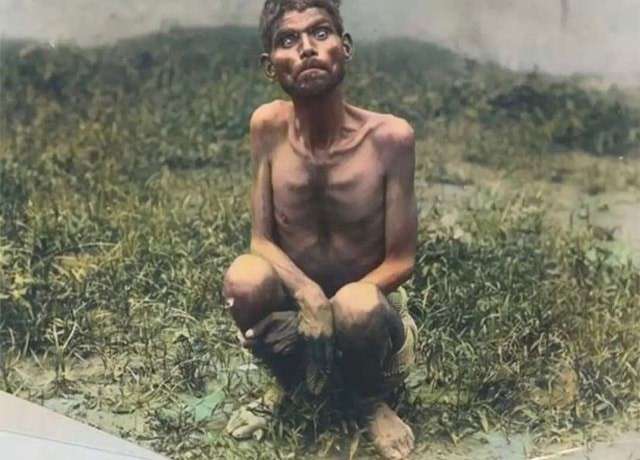Table of Contents
Dina Sanichar was raised by wolves in the jungles of Uttar Pradesh, India, until he was discovered by hunters in 1867 and taken to an orphanage. He was the inspiration for the character Mowgli, created by Rudyard Kipling.

The Jungle Book is a novel by Rudyard Kipling about a youngster named Mowgli who was abandoned by his parents and raised by wolves. He was taught the ways of the animal realm, but he was never taught how to communicate with other people.
Kipling’s renowned story, which was later translated into multiple Disney films, ends with an upbeat message about self-discovery and human civilization’s balance with nature. Few people are aware, however, that it is based on tragic true events.
Dina Sanichar, a 19th-century Indian man known as the real-life Mowgli, was raised by wolves and mistook himself for one for the first few years of his existence. He was found in a cave by hunters, who took him to a nearby orphanage.
Missionaries attempted to teach him what he had never learned, beginning with the fundamentals of walking and speaking. However, Dina Sanichar was unable to bridge the gap between human conduct and animal instinct. The real-life Mowgli’s narrative did not conclude as the Disney version did.
Wolves Raised Dina Sanichar. Then Humans Hunted Him.

It was the year 1867. The scene takes place in India’s Bulandshahr area. A group of hunters were making their way through the bush one night when they came to a clearing. This led them to believe that there was a lone wolf protecting a cave behind it, which they could see.
The hunters were getting ready to ambush their unsuspecting target, but they were stopped dead in their tracks when they discovered this animal wasn’t even an animal. It was a youngster, perhaps six years old. He didn’t approach the men or respond to their questions.
The hunters didn’t want to leave the boy on the harsh edges of the jungle, so they took him to the Sikandra Mission Orphanage in Agra. The missionaries gave him a name because he didn’t have one. Dina Sanichar was his name, and it came from the Hindi word for Saturday, which was the day he arrived.
Dina Sanichar Fights To Fit In With The “Civilized” World.

While he was at the Sikandra Mission Orphanage, Dina Sanichar was given a new name: “Wolf Boy.” The missionaries thought it would suit him because he had been raised by wild animals and had never had any human contact.
According to their accounts, Dina Sanichar’s behavior more resembled that of an animal than that of a human. He struggled to stand on his own two feet and walked around on all fours. To keep his teeth sharp, he only ate raw meat and gnawed on bones.
“The ease with which they get along on four feet (hands and feet) is surprising,” wrote Erhardt Lewis, the orphanage’s supervisor, to a distant colleague. “They sniff food before eating or tasting it, and if they don’t like the smell, they throw it away.”
For two reasons, it was difficult to communicate with “the real-life Mowgli.” For starters, he didn’t speak the same language as the missionaries who were looking after him. He would growl or howl like a wolf whenever he needed to express himself.

Second, he didn’t get the concept of signing. People who do not speak the same language may usually communicate with each other by pointing to various objects with their fingers. However, because wolves do not point (or have any fingers for that matter), he was likely unaware of the global gesture.
Dina Sanichar ultimately learned to understand the missionaries’ language, but he never learned to speak it. Maybe it was because the sounds of human speech were foreign to him.
However, the more he stayed at the orphanage, the more he grew to act human. According to the missionaries, he learnt to stand up straight and began to clothe himself. Some even claim that he picked up the most human of all habits: smoking cigarettes.
Dina Sanichar’s death caused of tuberculosis in 1895.
What caused feral kids to become the way they were in the first place? In this instance, a prolonged loss of touch with society may be a viable solution. Is it conceivable, however, for a human infant to be raised by wolves in the wild? Is it a literary flourish or a metaphor for the harsh conditions in which wild kids grow up? Many people around the world are interested in the origins of feral children, but their existence should make us think about our own flaws and wonder how these kids were left to grow up in the wild.
All the information and photo credit goes to respective authorities. DM for removal please.
Read More >>>

